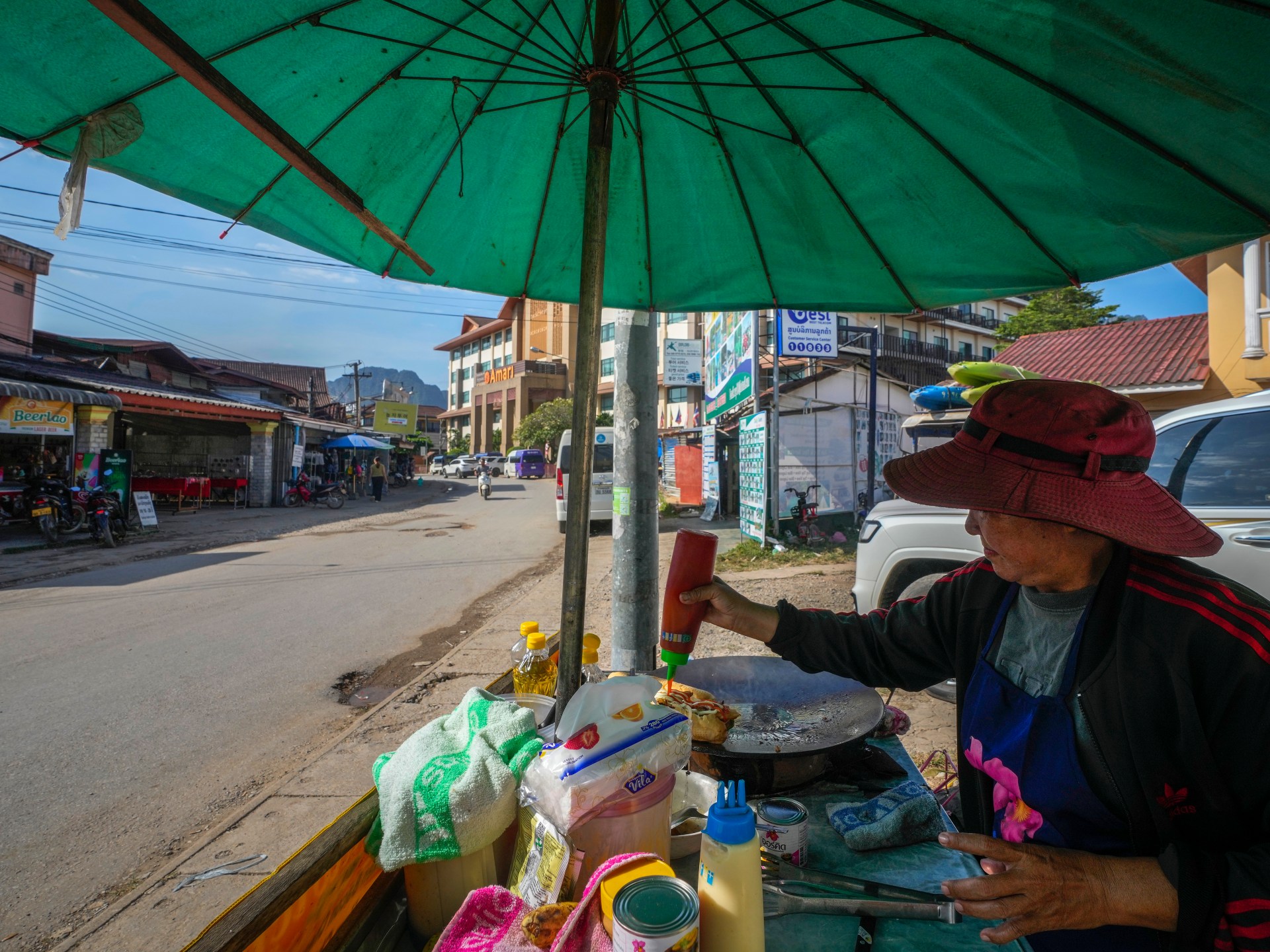The secret to a balanced diet? Better roads, say scientists | Health News

Roughly two billion people worldwide suffer from some form of undernutrition, raising debates among researchers and policymakers on how to improve diets and nutrition among vulnerable populations.
A new study published in the journal Nature Food is challenging the conventional wisdom that the production of crop diversity by farmers (food production diversity or FPD) is the primary path to addressing nutritional deficiencies.
So what’s the link between dietary diversity and the nutrition of individuals and households? And will access to markets address undernutrition?
What does the new study say?
The study by the Center for Development Research (ZEF) at the University of Bonn, Germany – a first of its kind – collected data on nearly 90,000 households in Africa between 2008 and 2022 in Ethiopia, Malawi, Niger, Nigeria, Tanzania and Uganda.
It recommends that building better roads that give access to markets in local towns and cities can better address nutritional deficiencies.
“We show that regional production diversity matters and can substitute for individual farm production diversity in many situations,” Professor Matin Qaim, from ZEF, told Al Jazeera.
“This is good news because it is much easier to ensure that additional crop and livestock species are produced somewhere in the region (and then distributed via local markets) than pushing every individual small farm to produce more and more species,” he explained.
The researchers studied the variety of crops and animal species maintained by farmers, as well as detailed data on the types of food consumed within each household. The study uses the household dietary diversity score (HDDS) to measure the nutritional variety of a family’s diet by tallying the distinct food groups consumed within a week-long period. This metric provides insight into the range and quality of foods accessed by households, offering a snapshot of their dietary habits and nutritional status.
Many of the farmers studied were small-scale growers, known as smallholders or agricultural producers who operate on a limited scale.
The main questions that researchers wanted to answer were whether producing a diversity of crops and animal species among smallholders is the most effective way to address undernutrition, and whether households that have access to these farms have a more balanced diet.
Unfortunately, the results are mixed, as shown in the research.
“Producing too many different things on each farm means that farmers would be pushed into subsistence and could not benefit from any division of labour. But we also show that market access – for example, improved infrastructure – matters a lot,” Qaim said.
What are the limitations of older studies on food diversity?
The existing body of research examining the relationship between food production diversity and dietary diversity suffers from several limitations.
As referenced in the Nature Food study, the narrow focus on farm-level production diversity or single-country focus overlooks the potential influence of diversity at a broader scale on household dietary patterns across different countries.
Addressing these shortcomings may help researchers better understand the complex interplay between agricultural production and nutritional outcomes. Although local farm diversity did result in a more balanced diet for some households, it had a minor effect.
“Small-scale agricultural production in Africa tends to be highly diverse anyway. Ensuring good access to local and regional markets is more important than further improving the diversity on every single farm,” said ZEF researcher Thanh Tung Nguyen, who carried out the study together with Qaim.
“These markets not only allow farmers to sell their surplus food, but also enable them to purchase those foods that they are lacking,” he said in a public statement.
Inadequate infrastructure remains a significant obstacle, as poorly maintained roads can result in prolonged travel times, causing products to deteriorate or sustain damage during transportation.
The proximity to urban centres, which serves as an indicator of market accessibility costs in rural Africa, had a negative effect across all six countries. According to the study, the average household is located roughly 31km (19 miles) away from the next urban centre.
How can we better solve food insecurity?
The research suggests that the ability of local farmers to produce the right crops and raise the right animals, known as FPD, is part of the problem. However, FPD is not the only challenge for households’ diets as measured by the household dietary diversity score (HDDS).
“Weather shocks – defined as the occurrence of a drought, flood, hurricane or related extreme event over the last 12 months – are negatively associated with the HDDS,” the study says.
“Several other socio-economic characteristics are positively associated with the HDDS. The production of non-food cash crops – such as cotton, coffee, tea or tobacco – on own farms seems to contribute to higher household dietary diversity through positive cash income effects.”
Qaim, the researcher, says: “Issues of nutritional resilience against climate shocks and other types of shocks, and the role of own production versus markets in this connection, are not yet sufficiently understood.”
Researchers said that the seasonality of certain fruits and vegetables deserves more attention. To maximise agricultural efficiency and economic potential, farmers should prioritise cultivating crops that thrive in their specific region and soil conditions, optimising both productivity and profitability, the study recommended.
Presently, there are efforts to address the infrastructure food accessibility problem. In 2016, the United Nations Office for Project Services (UNOPS), dedicated to implementing humanitarian and development projects, started a $55m (44 million British pound) feeder roads project in South Sudan to improve trade and food security.
In November, Nyamlel Bridge was handed over to Sudan with 44km (27 miles) of feeder roads, including clean drinking water stations and sanitation systems in Northern and Western Bahr el Ghazal States. The construction of the bridge impacted – and aimed to help – 1.2 million people in the region.





